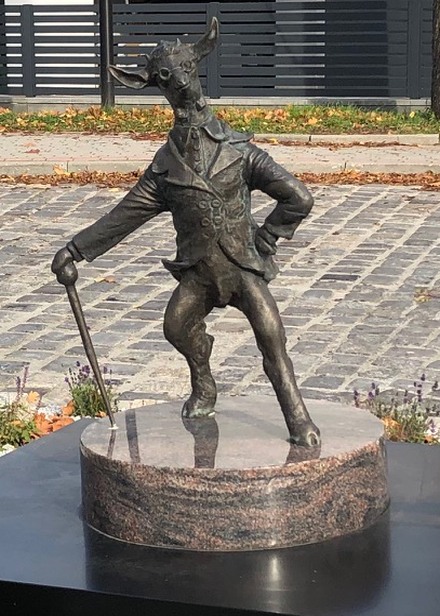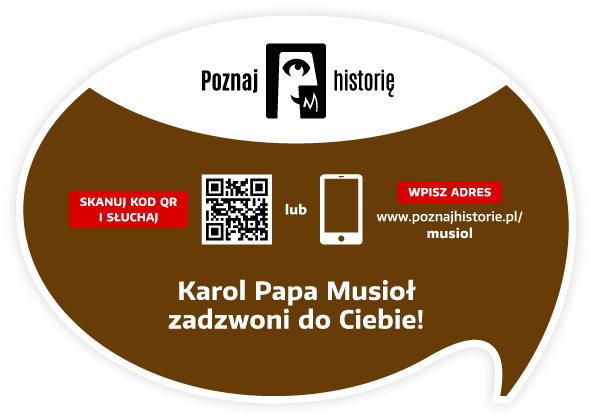Pierwsze wzmianki o Sławięcicach pochodzą z XIII wieku. Ale zdaniem archeologów okolice te były zamieszkiwane przez ludzi znacznie wcześniej – co najmniej w Starożytności. Czasy to jednak dla nas zamierzchłe, więc i wiadomo o nich niewiele. Na pewno w pierwszej połowie XIII wieku Sławięcice stały się ośrodkiem lokalnej administracji tutejszego księstwa opolsko-raciborskiego. Zdaniem historyków zbudowano tu wtedy pierwszy obronny zamek, który prawdopodobnie znajdował się tam, gdzie wzniesiono późniejszy pałac, dziś już nieistniejący. Sławięcice otrzymały nawet prawa miejskie. Ale w roku 1260 książę Władysław I Opolski odebrał je i przekazał pobliskiemu Ujazdowi.
Zakrętów historii było tu jeszcze kilka. Po wygaśnięciu dynastii Piastów Opolskich, czyli bezdzietnej śmierci księcia Jana Dobrego w 1532 roku, Sławięcice - wraz z księstwem opolsko-raciborskim - stały się własnością rządzących Czechami Habsburgów. Wydzierżawili oni dobra sławęcickie w roku 1558 hrabiemu Johanowi von Zwole. Zaś w 1676 roku otrzymał je na własność ród Hencklów. To oni rozpoczęli tu na przemysłową skalę produkcję żelaza z rudy darniowej w dolinie rzeki Kłodnicy.
W roku 1702 dobra sławięcickie kupił hrabia Jakub Flemming - minister saski i polski w gabinecie króla Augusta Mocnego. Rozbudował on i rozwinął na dużą skalę tutejszy przemysł. Dzięki temu Sławięcice przeżyły okres swej największej świetności. To za jego czasów wybudowano tu pałac i szereg reprezentacyjnych budowli. W roku 1782 ówcześni właściciele Sławięcic Hoymowie sprzedali swoje dobra książętom Hohenlohe-Oehringen. Ci kontynuowali działalność przemysłową. Czerpali też zyski z gospodarki leśnej i rolnictwa.










Visit Social media:
Share Social media: